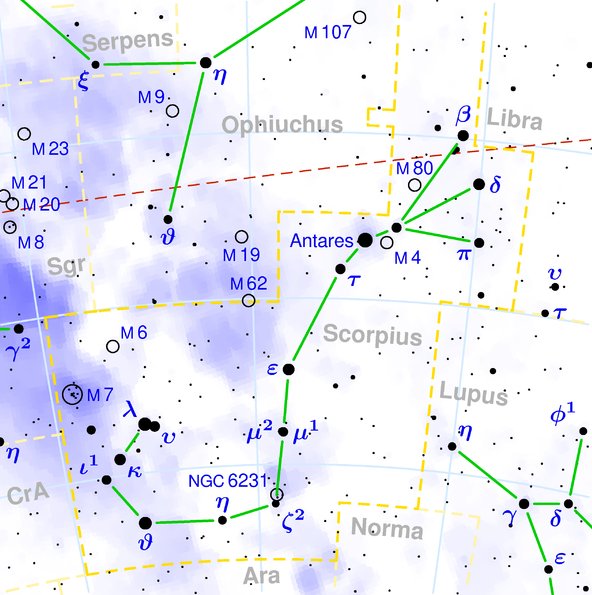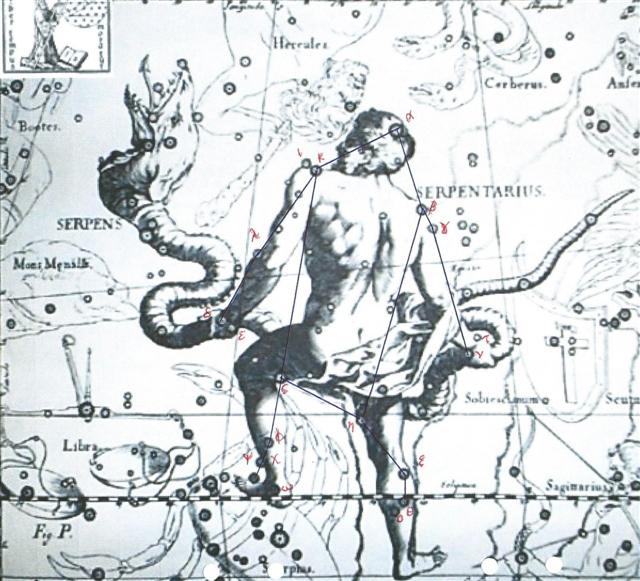Once again: Side a of the C tablet appears to 'translate' the Gregorian calendar to an Easter Island calendar which was beginning 27 days later than March 21, viz. at the updated and true position of the First Point of Aries.
And side b appears to begin precisely where in rongorongo times the First Point of Aries - Al Sharatain - rose heliacally.
We should now look for where on side b king Hotu Matua may have reached Easter Island, which according to Manuscritp E was in the 15th day of the month of Tagaroa uri.
| Months in Manuscript E: |
| He Anakena |
'February |
| Hora iti |
'March |
| Hora nui |
'April |
| Tagaroa uri |
'May |
This date could correspond to 'May 15 because we have tentatively identified He Anakena 23 with 'February 23 (Terminalia) and Hora iti 20 with 'March 20:
| Times of Al Sharatain: |
Rongorongo times: |
| 76 B.C. |
1842 A.D. |
| 'February 23 (54) |
March 22 (81) |
| + 25 |
| 'March 20 (79) |
Apríl 16 (106) |
| + 56 |
| 'May 15 (135) |
June 11 (162) |
'May 15 is where I have placed June 11:
| 'May 11 |
12 (132) |
13 |
14 (500) |
| 'November 10 (314) |
11 |
12 |
13 |
| June 7 |
8 (525) |
9 (160) |
10 |
| December 7 |
8 (342) |
9 |
10 |
 |
 |
 |
 |
| Cb3-3 |
Cb3-4 (445) |
Cb3-5 (54) |
Cb3-6 |
| ko te henua - te rima |
e kava |
i haga rave ika |
ki kikiu - te henua |
| ĸ Leporis (78.0), Rigel (78.1), Capella (78.4), ο Columbae (78.8)
Thuban
|
λ Leporis (79.6)
Arcturus
|
Bellatrix, Saif al Jabbar (80.7), Elnath (80.9) |
Nihal (81.7) |
| Sarin (261.0), ο Ophiuchi (261.4)
Alrisha
|
ξ Ophiuchi (262.2), θ Ophiuchi, ν Serpentis, ζ, ι Apodis (262.4), ι Arae (262.8), ρ Herculis (262.9) |
β, γ Arae (263.3), κ Arae (263.5), σ Ophiuchi (263.6) |
Lesath, δ Arae (264.7), Choo (264.9) |
| 'May 15 |
16 (136) |
17 |
| 'November 14 |
15 |
16 (320) |
| June 11 |
12 (529) |
13 (164) |
| December 11 |
12 (346) |
13 |
 |
 |
 |
| Cb3-7 (448) |
Cb3-8 (57) |
Cb3-9 |
| ko te maro - ko te tagata |
kua hua te tagata |
ko te tagata |
| Mintaka (82.4), ε Columbae (82.6) |
Al Hak'ah-3 / Mrigashīrsha-5 / Turtle-20 |
Three Stars-21 |
| Arneb (83.0, φ¹ Orionis (83.1), HEKA (83.2), Hatysa (83.5), φ² Orionis (83.6), Alnilam (83.7) |
Heavenly Gate, ν Columbae (84.0), ALNITAK, Phakt (Phaet) (84.7) |
| Alwaid, Maasym (265.1), Shaula (265.3), Kuma (265.6), σ Arae (265.9)
Hamal
|
Ras Alhague (266.1), Sargas (266.3), μ Ophiuchi, π Arae (266.5), Nan Hae (266.6), ι Herculis (266.7) |
λ Arae (267.1), Girtab, ο Serpentis (267.6) |
North of the equator and in the time of Julius Caesar the sting of the Scorpion would have been visible close to the Full Moon in 'May 15. Shaula is λ Scorpii:

When north of the equator the Sting closed the summer year it must have meant the opposite south of the equator, viz. the arrival of the Sun King. Greek lambda in the star charts refers to the view north of the equator:
| Egyptian menchet |
 |
Phoenician lamedh |
 |
Greek lambda |
Λ (λ) |
|
... Wikipedia has no information regarding the origin of the Phoenician lamedh, but the Egyptian 'cloth' hieroglyph (menchet) is - I suggest - related to the 4 upside down sky pillars. I.e. the basic element of the 'covering' hieroglyph could have indicated darkness:

|
The 'black cloth' north of the equator came in 'November 14, which we also could have guessed from couting 91 * 4 = 364 (because Latin novem means the 9th).
Possibly the Easter Island farmer Kuukuu 'died' 183 days later, in 'May 15 when in the times of Al Sharatain the Pleiades Tau-ono rose with the Sun:
| Cb3-7 |
| Rongorongo times: |
| June 11 (162) |
RA 82 |
Mintaka |
Shaula |
| Times of Al Sharatain: |
| 'May 15 (135) |
RA 55 |
Tau-ono |
Cor Serpentis |
Mintaka is δ Orionis, the first of the 3 Belt stars to rise, and Cor Serpentis is α at the throat of the beast carried by Ophiuchus:

The 6 stone heaps outside the cave of Kuukuu perhaps referred to his position in the times of Al Sharatain, when south of the equator the summer year ended with Cor Serpentis close to the Full Moon.
|








